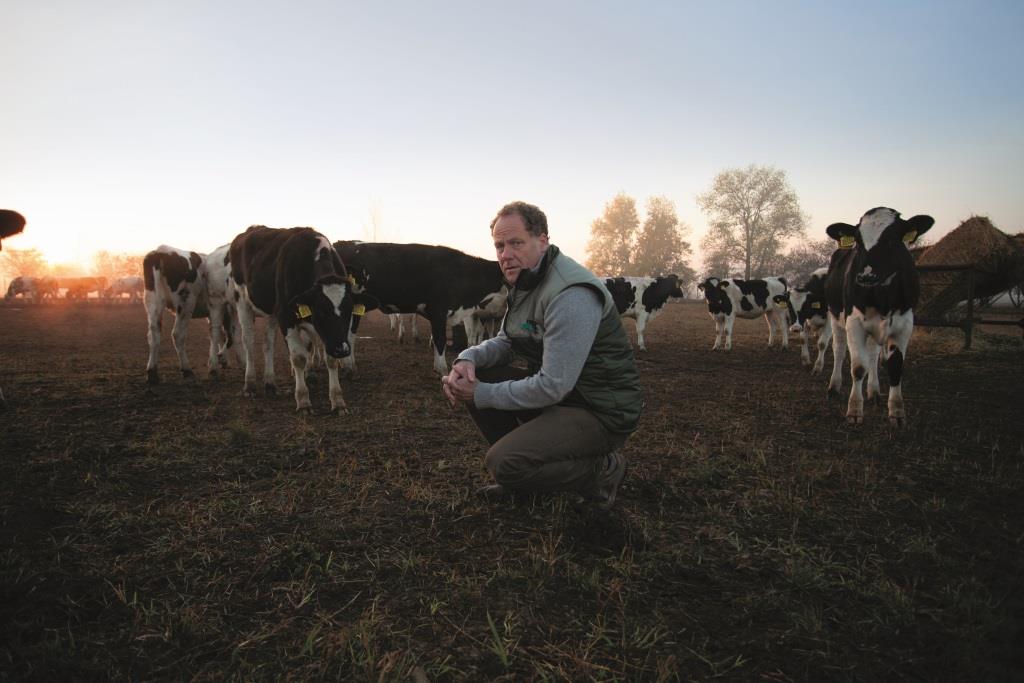Foreword Stefan Duerr EkoNiva News Edition No. 72
30 August 2021 News from the Company
Quo vadis, milk?

A product like milk could hardly be overrated. Nature itself has produced it with great care and endowed it with amazing properties. People have been drinking milk for centuries and have always appreciated and loved it for its nutritional properties. But lately, the image of milk is changing. Quo vadis, milk?
These are tough times for dairy farmers: prices on the shelves are not rising because milk is a staple food. However, costs in milk production have risen sharply. And this is true both for raw milk producers due to increased prices for feed and veterinary medicines, and for milk processors due to increased packaging costs. As a result, many dairy farmers are beginning to reorient themselves toward crop production, for example.
High grain prices have made this industry economically attractive: grain is grown, harvested and sold at a good price and you have already earned enough money for a luxury vacation. For dairy farmers the situation is different: 365 days a year the animals have to be fed, watered, cared for and milked. The business is long-term, the investments are high, the payback period is long. In this situation, even those dairy farmers who produce the feed themselves start to think: Why feed cows when grain or sunflowers can be sold at a profit?
Changing public perceptions are not helping dairy farmers either: health fanatics are increasingly agitating for plant-based beverages, and global warming and the application of slurry are also being viewed critically in this context. Many dairy farmers are discouraged from continuing.
But of course, milk will remain with those whose primary business and vocation it is. They will continue to work and overcome the challenges. However, business performance will depend on market conditions. Government support for the dairy industry will be critical to further increasing production.
